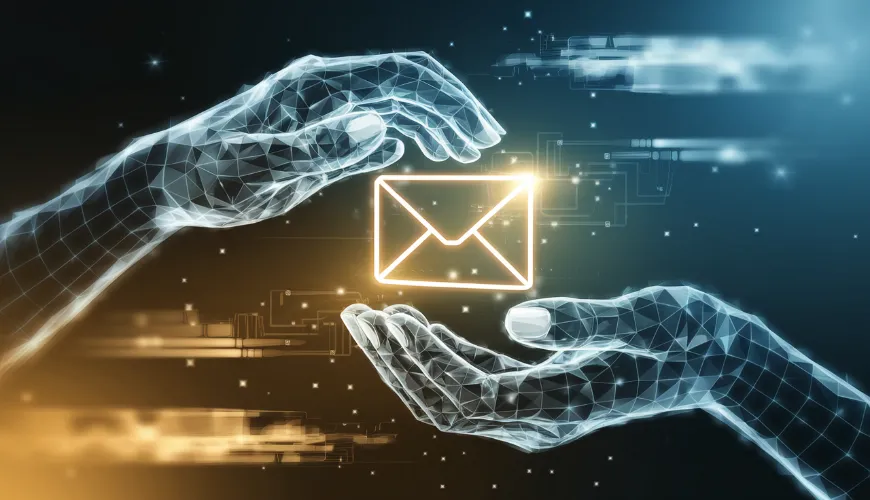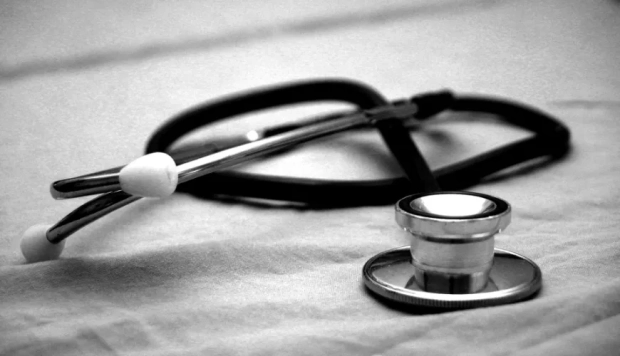Crafting the Perfect Simple Acknowledgement Email Reply

The Subtle Power of Simple Acknowledgement Emails
Email communication has become a cornerstone of modern professional and personal interactions. Among the many types of emails exchanged each day, the simple acknowledgement email reply stands out for its understated effectiveness. In a world awash with messages, a brief, gracious response can foster clarity, trust, and productivity, especially in business or academic settings. But what makes a great acknowledgement email, and why do these simple replies play such an essential role?
The answer often lies in expectations. When someone sends important information, submits a proposal, or delivers a report, they want assurance that their message was received. An acknowledgement email serves this basic need, confirming receipt and sometimes outlining next steps. It can be as concise as “Thank you for your email. I have received it and will review it shortly,” yet such a note can make a lasting impression.
While some may question whether these responses are truly necessary, the reality is that a well-timed acknowledgement can mean the difference between smooth collaboration and avoidable confusion. In customer service, for instance, confirmation of a support ticket reassures the client that their request is in progress. Within project teams, acknowledging receipt of files or updates helps everyone stay aligned, reducing the risk of tasks falling through the cracks.
Key Elements of an Effective Acknowledgement Email Reply
A simple acknowledgement email reply sample follows a consistent structure, designed for efficiency and politeness. The most effective samples share several features: clarity, brevity, and warmth. For those looking to craft their own acknowledgement emails, here is a template that can be adapted to almost any context:
Subject: Re: [Original Email Subject]
Dear [Sender’s Name],
Thank you for your email. I have received your message and will get back to you shortly.
Best regards,
[Your Name]
This template covers the essentials: a courteous opening, a direct acknowledgement of receipt, and a promise of further action if needed. For added value, it’s possible to tailor the message with more specific details, such as timelines or references to attachments.
Why Simplicity Matters
Brevity is not only polite but practical. People appreciate responses that respect their time, especially in busy workplaces. The ability to convey thanks and confirm receipt without unnecessary formality is a skill that comes with experience. As one manager at a global consulting firm remarked, “The most effective communication is often the simplest. Acknowledgement emails are a perfect example-they keep projects moving without adding noise.”
Real-World Applications and Best Practices
Consider a scenario where a team member submits a weekly report. The recipient’s acknowledgement can look like this:
Subject: Re: Weekly Report Submission
Hi Alex,
Thank you for sending the report. I’ve received it and will review the contents before our meeting on Friday.
Best,
Jordan
This straightforward reply not only confirms receipt but also sets clear expectations for the next interaction. Such clarity can prevent delays and misunderstandings. In client-facing roles, an acknowledgement email is also an opportunity to reinforce professionalism and reliability. According to a 2022 study by HubSpot, prompt responses to customer inquiries can significantly increase satisfaction and loyalty.
Common Acknowledgement Phrases
Some widely used phrases in acknowledgement email replies include:
- “Thank you for your message. I have received it.”
- “Your email has been received. I will review and respond as soon as possible.”
- “I appreciate your update and will follow up with you soon.”
- “This is to confirm receipt of your email.”
These phrases can be customized depending on the relationship and context. For more formal scenarios, additional politeness or reference to specific documents may be appropriate.
The Role of Acknowledgement in Professional Etiquette
Acknowledgement emails are more than a basic courtesy-they are a sign of respect and attentiveness. They assure senders that their efforts are valued. In international business, where time zones and cultural differences can complicate communication, timely acknowledgement replies are especially important. They help bridge gaps and strengthen connections.
From a personal standpoint, these small gestures can foster goodwill and trust. A simple acknowledgement can soften a negative response or buy time when a full reply requires further research. The phrase “Thank you for your patience” can go a long way in diffusing tension and maintaining positive relationships.
How Technology Supports Effective Email Communication
Advancements in email verification and deliverability technology, such as those offered by SendBridge, are making it easier than ever to ensure important messages reach their destination. Features like SMTP testing and spam prevention help organizations maintain high sender reputation, making sure their acknowledgement emails don’t end up lost in spam folders. For those managing bulk email campaigns, automated acknowledgement replies can save time while ensuring every recipient feels recognized.
Automation platforms also allow for customization, enabling businesses to maintain a personal touch even at scale. Templates can incorporate merge tags to address recipients by name, reference specific details, or adjust the tone based on the context. As email marketing evolves, the emphasis remains on genuine communication-technology is simply a tool to enhance this goal.
Building Stronger Relationships Through Email Etiquette
Whether in professional, academic, or personal contexts, the art of the acknowledgement email is about more than checking a box. It’s about building rapport, setting expectations, and demonstrating reliability. The best email communicators understand that each message, no matter how brief, contributes to the overall impression of the sender and their organization.
It’s worth reflecting on how something as simple as “Thank you for your email” can have a positive ripple effect throughout a project team or client relationship. Those who consistently acknowledge messages are often perceived as more engaged and trustworthy. As Forbes notes, prompt and thoughtful responses are key components of effective leadership and team collaboration.
Crafting Your Own Acknowledgement Replies: Tips and Examples
For those new to professional email communication, practice makes perfect. Here are a few suggestions for writing effective acknowledgement emails:
- Respond quickly, ideally within 24 hours.
- Personalize the greeting and closing.
- Restate the purpose of the sender’s email if appropriate.
- Offer a next step or timeline when possible.
- Use clear, polite language.
Sample Variations for Different Situations
-
General Acknowledgement:
“Thank you for your email. I’ve received it and will be in touch soon.”
-
Job Application Receipt:
“This is to confirm that we have received your application for the Marketing Manager position. Our team will review your materials and contact you regarding next steps.”
-
Project Update:
“Thank you for the project update. I appreciate your keeping everyone informed and will review your suggestions before our next call.”
It’s easy to adapt these templates to fit virtually any scenario, from confirming event registrations to acknowledging receipt of payment.
The Future of Acknowledgement Emails
As communication platforms evolve, so too will the ways we acknowledge each other’s messages. AI tools can already draft personalized responses, while integrations with task management systems automate status updates. Despite these advances, the core principles remain: clarity, courtesy, and responsiveness.
Is there ever a situation where an acknowledgement email isn’t needed? Perhaps, but erring on the side of connection is rarely a mistake. In a world that often moves too quickly, a brief pause to recognize another’s effort can make a meaningful difference-not only for the recipient but also for the sender’s reputation.
For more on effective email practices and templates, readers might find value in exploring resources such as the “Perfect Thank You Reply Email for Appreciation” tutorial, which offers additional guidance on building rapport through written communication.
Ultimately, the best simple acknowledgement email reply is one that feels authentic, timely, and proportionate to the context. With a little care, even the briefest response can help build a foundation of trust, respect, and successful collaboration.
Related Articles:



